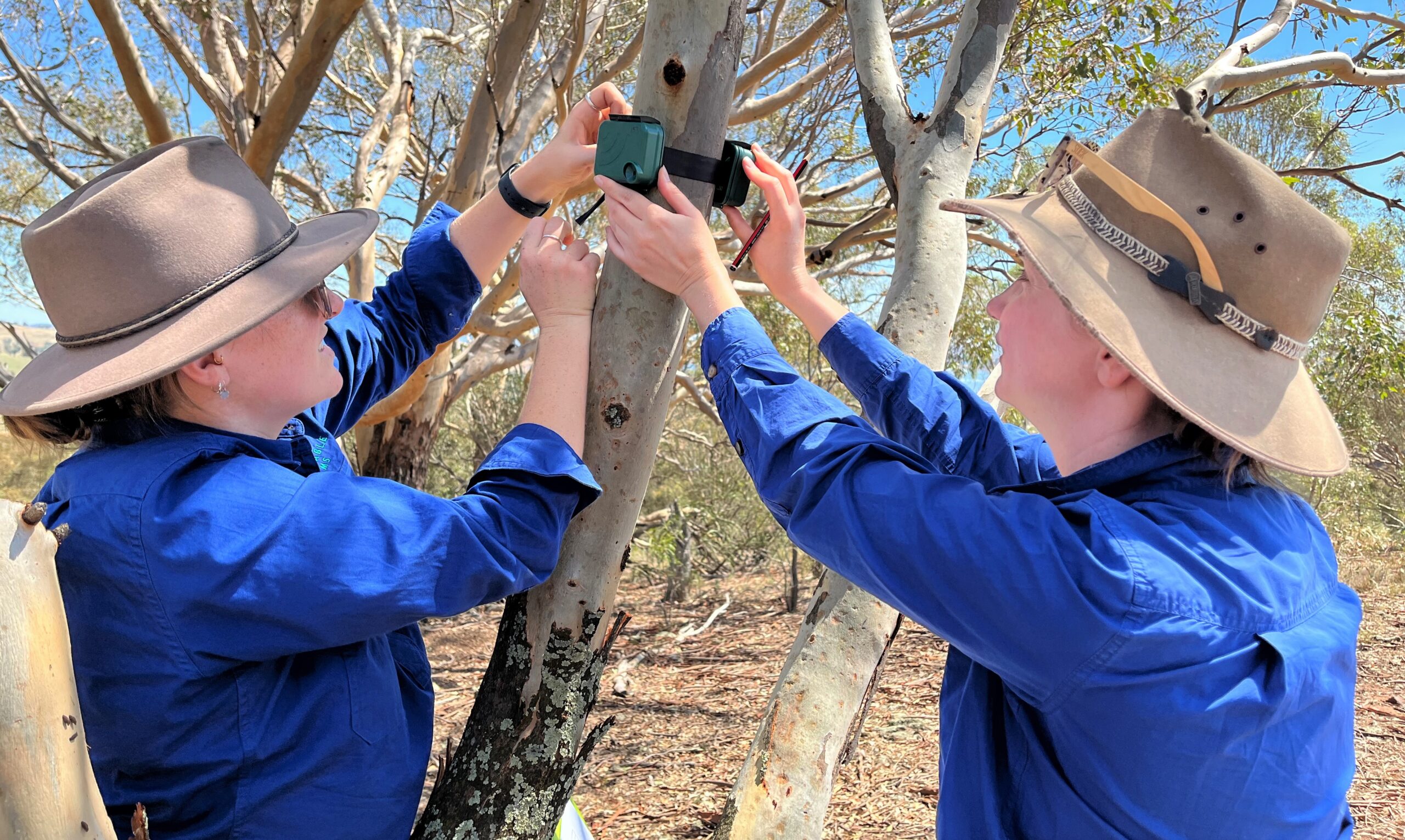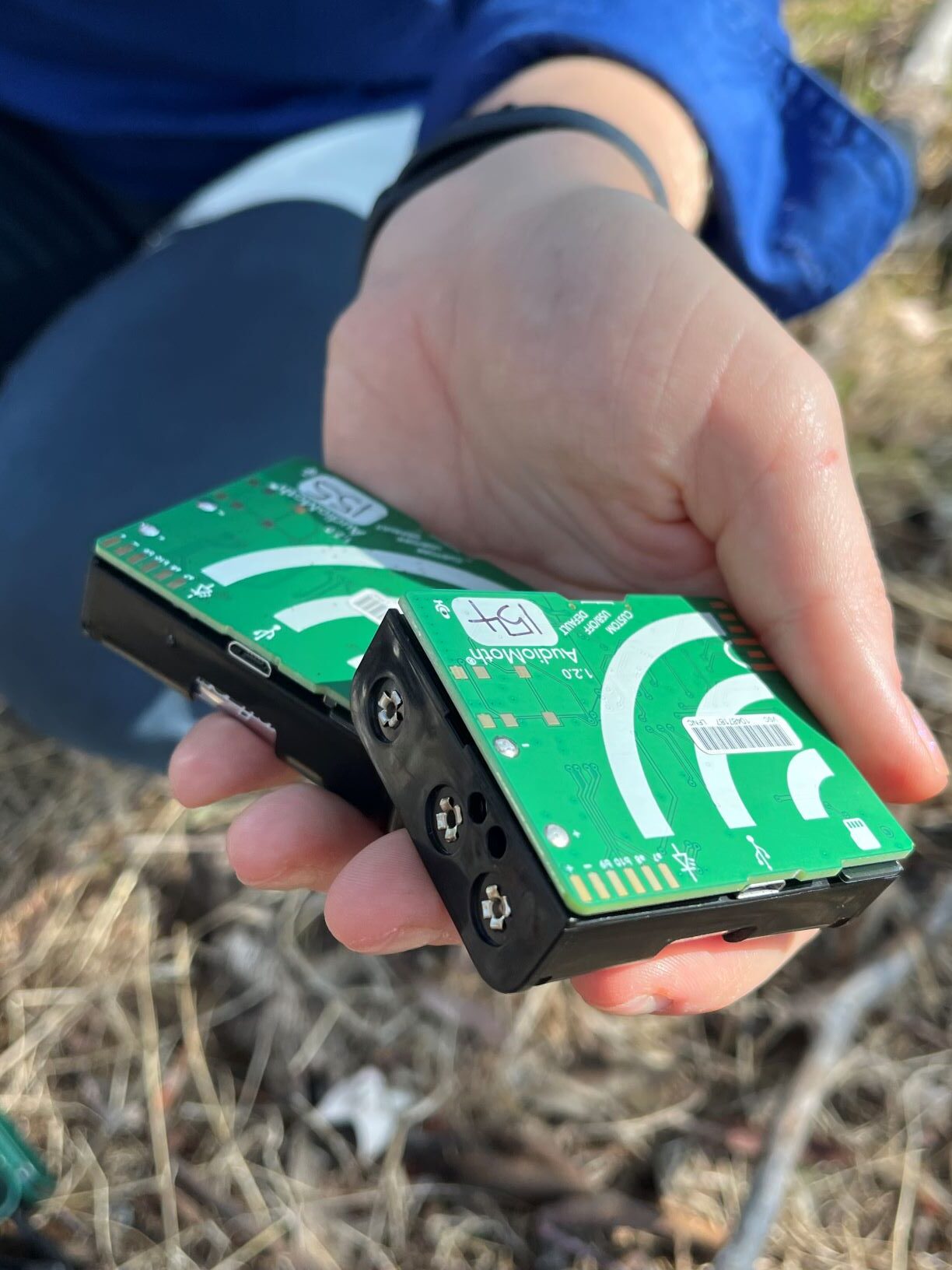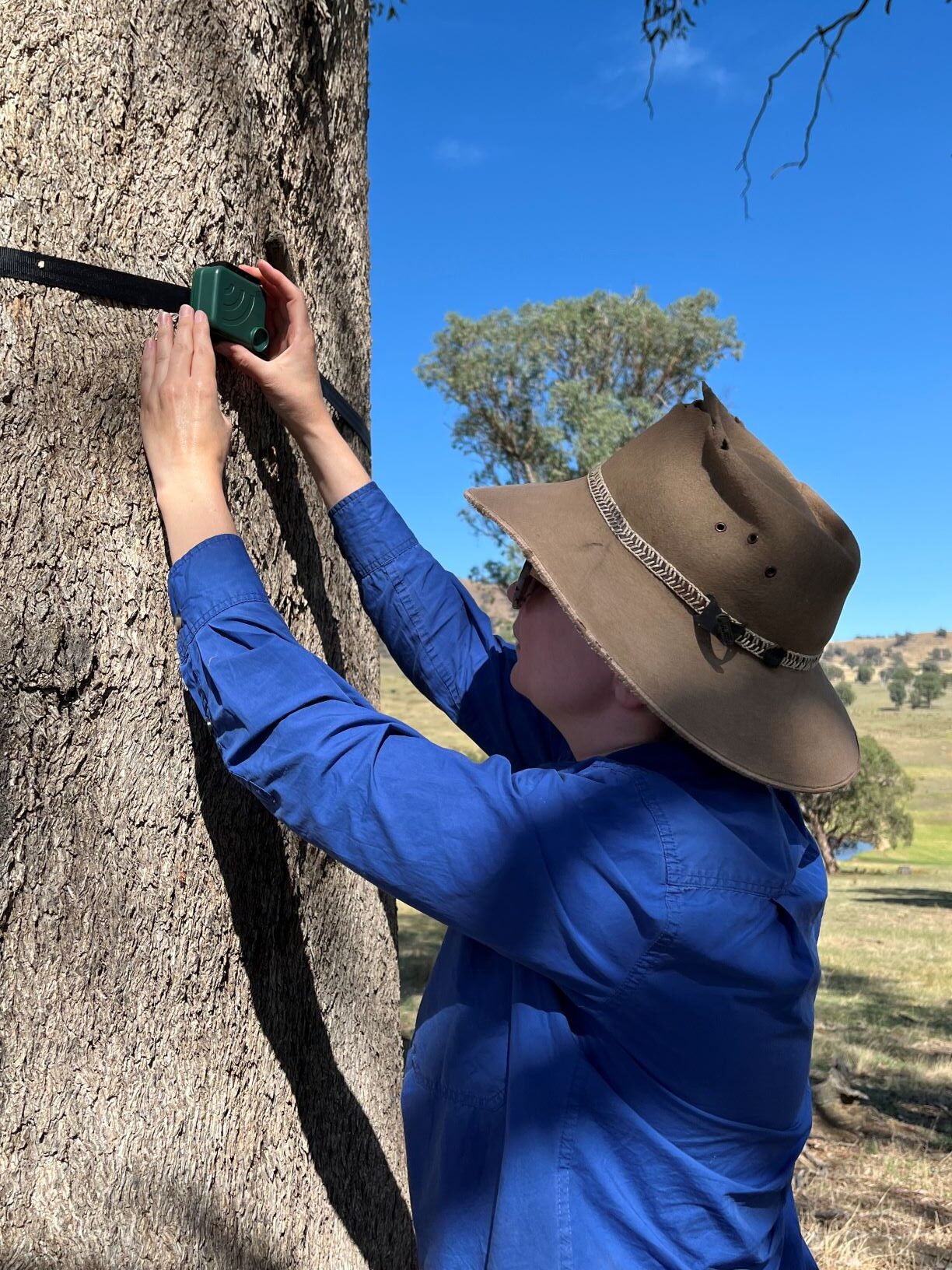
Technological innovation in ecological monitoring
A new Sustainable Farms study is testing how technological advancements have the potential to enhance our capacity to monitor biodiversity.
In an era of rapid global change, long-term ecological monitoring is essential for understanding species responses and informing wildlife conservation and ecosystem management. Traditional monitoring methods, though reliable, are generally labour intensive, expensive, and can have logistical challenges.
Technological advancements offer opportunities for more efficient, scalable, and cost-effective monitoring, but transitioning to new methods presents challenges. A new study led by Dr Jessie Buettel from the Sustainable Farms team, is investigating how innovative technologies such as passive acoustic recorders, drones and environmental DNA (eDNA) offer promising solutions for expanding our capacity to monitor biodiversity, while reducing costs and improving data quality.
Image credit: Paul Logan, Upper & Lower, and Amber Croft, ANU
A recently published article by the project team (Buettel et al. 2025) explores how technological advancements are reshaping ecological monitoring and how we can harness these tools without compromising long-term ecological data. The article discusses how switching from conventional monitoring methods – such as point counts for birds, live trapping and spotlighting – to newer digital tools needs to be done with caution. Abrupt transitions can lead to inconsistencies and unreliable data.
The article shares a seven-step framework and decision-making tool to guide the integration of new methods into established monitoring programs.
Supported by funding from an Innovative Biodiversity Monitoring Grant from the Department of Climate Change, Energy, Environment and Water, the current study is testing how passive acoustic recorders, drones and eDNA can be used alongside traditional survey methods to provide a more comprehensive picture of biodiversity, and how new data sets can be calibrated to ensure consistency with previously gathered data.
The Sustainable Farms team are currently in the process of deploying 180 passive acoustic recorders at more than 100 sites across NSW and Victoria. These tiny devices will record bird and frog calls at dawn and dusk over multiple seasons, with the data analysed to compare the effectiveness (detection quality, species richness, and cost) against traditional in-person surveys.
Reference
Buettel, J.C., Lindenmayer D.B., Scheele B.C. and Evans, M.J. (2025) Maintaining robust terrestrial ecological monitoring amid technological advancements. Trends in Ecology & Evolution. doi.org/10.1016/j.tree.2025.04.003 (Free download available until 24th June 2025)
Passive acoustic recorders
Photo: Amber Croft, ANU

Installation of passive acoustic recorders
Photo: Amber Croft, ANU


